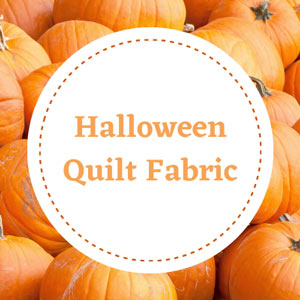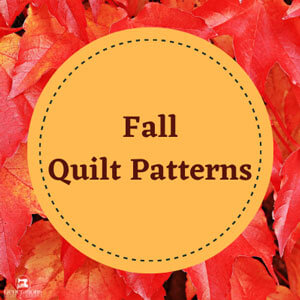This post contains affiliate links for which I receive compensation
Calculating yardage for quilt back
by Cindy Gamble
(Florence, KY)

Cindy asks...
How much backing is needed, if my quilt measures 63 inches by 78 inches?Julie replies...
At a minimum 4-7/8 yards plus a bit extra for fabric not cut straight from the store.Here's how I calculate my fabric requirements based on the following assumptions:
- Regular quilt fabric yardage is used for the back. For these calculations I assume that the usable width of the fabric is 40 inches...usable width is what's left after the selvedges are removed. If the back needs to be pieced, I subtract another 1" for the seam allowances.
- The backing is pieced with 1/2" seam allowances that are pressed open to minimize bulk.
- The lengthwise grain of the backing runs from the top to the bottom of the quilt. If the quilt hangs on a wall, the grainline will add stability.
- Backing is cut larger than the quilt top--generally 6-8 inches larger--here I'm using 8 inches.
The Calculations
Step 1: Determine the quilt back sizeAdd 8" to both the length and width of the quilt top
(63" + 8") by (78" + 8")
or...
71" by 86" is the size needed
or...
71" by 86" is the size needed
Step 2: Determine the number of lengths of fabric
Since neither the final length nor width are less than or equal to the usable width of fabric (40"), the back needs to be pieced.
Divide the width from Step 1 above by the usable width of fabric
71" divided by 40"
equals
1.775 lengths
Round up to the nearest whole number, so it takes
2 lengths of fabric to create this back
equals
1.775 lengths
Round up to the nearest whole number, so it takes
2 lengths of fabric to create this back
Step 3: Determine the yardage needed for the quilt back
Multiply the number of lengths by the length in inches and then convert to yards.
2 time 86"
equals
172"
Now convert to yardage
172" divided by 36"
equals
4.77777 yards
Round up to the nearest 1/8 yard
4-7/8 yards is the minimum required to piece your quilt back
equals
172"
Now convert to yardage
172" divided by 36"
equals
4.77777 yards
Round up to the nearest 1/8 yard
4-7/8 yards is the minimum required to piece your quilt back
And add a 'fudge factor'...
Take the time to square up the fabric you use for backing.There's nothing as annoying as buying the yardage from your calculations, bringing it home and cutting it in half...only to find that it was cut crooked off the bolt and the resulting back isn't square. Because it isn't square, it turns out not to be big enough.
Nuts! And double Nuts!
To avoid this problem, I'll buy extra yardage with the intent of using it for a matching sleeve. (This extra amounts to 9" time the number of lengths calculated in Step 2 above). There's extra fabric if I need it for the back. If not, there's a purpose for it.
And as always, buy backing fabric that you like. Most quilt shops have sale fabrics precisely for this purpose. Pick something fun from the stock and enjoy it.
Frequently I'll add as much as 12" to the length and width of the quilt top (in Step 1) so that the scraps that remain (after squaring up the quilt) are a more usable/versatile size i.e. you have more options with a four inch strip the length of the quilt than a 1 inch strip.
I hope this answer is helpful to you. Thank you for your question.
Comments for Calculating yardage for quilt back
|
||
|
||
|
||
|
||
|
||
|
||
|
||
|
||
|
||
|
||
|
||
|
||
|
||
|
||













